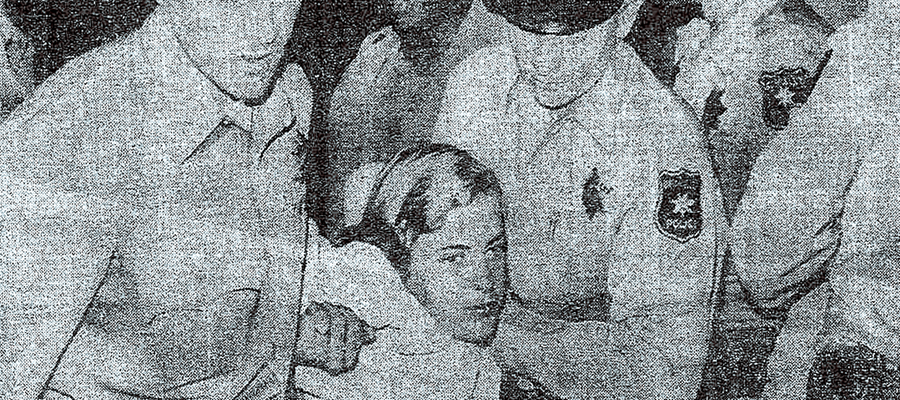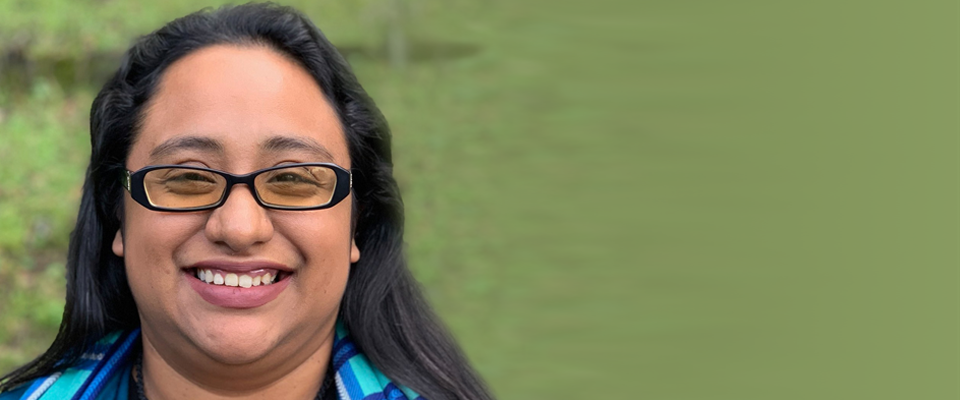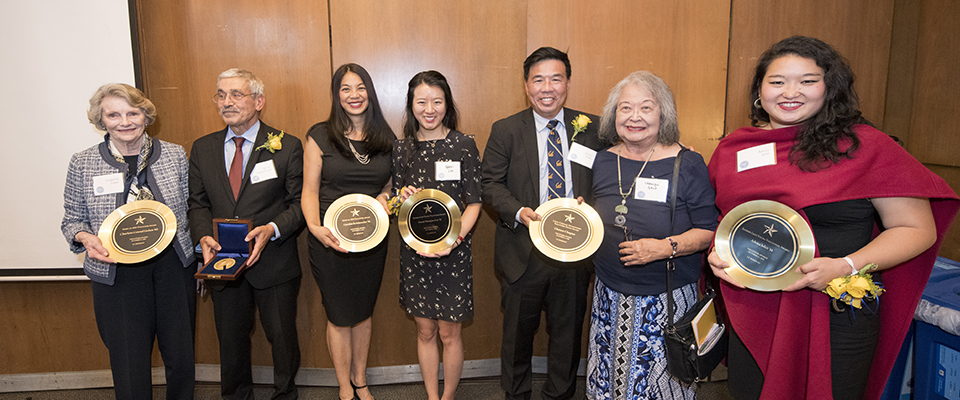In honor of UC Berkeley’s 150th anniversary, we spoke with Gabriela Taylor ’65 about her experience at Cal in the 1960s during the Free Speech Movement. Her story honors the footprint this alumna, and many like her, have left on campus for other students to follow.
“UC Berkeley provided me with an excellent education in the classroom and also opened horizons that broadened my vision of the world,” Karen “Gabriela” Taylor ’65 shared with the Cal Alumni Association. When asked for more details about her Cal journey, Gabriela added a similar message: “Berkeley was a lighthouse that illuminated the direction for my future. It was a core experience that changed my entire life’s course.”
This Is Only the Beginning
Gabriela lived in the Bay Area during her freshman year of high school. Her family’s proximity to Cal made Gabriela well aware of Berkeley’s eminence, and she was drawn to the “attitude and openness” of people in the Bay Area as well. “UC Berkeley epitomized that as a university.”

What Gabriela hadn’t anticipated was just how much she would end up learning outside the classroom. During the 1964 fall semester, when Gabriela was leaving her job as a research lab technician in immunology in the Life Sciences Building (now called the Valley Life Sciences Building, or VLSB), she happened upon Mario Savio speaking passionately in front of Sproul Hall. A crowd of students surrounded Savio, listening to his fiery speech protesting the university’s prohibition of on-campus tabling that distributed information about the Vietnam War.
“I wasn’t much of an activist, to be perfectly honest,” Gabriela admitted. “But as I started listening, I thought, ‘This is so important, I want to support this.’” She quickly got swept up into the height of the crowd, and “the next thing I know, we’re going into Sproul Hall and sitting down in the long corridor with our backs to the walls.”
Gabriela sat in Sproul Hall with her peers for hours and was among the protesters who were arrested. She remembers being the last to be “dragged down the hall to the booking room, by my collar,” where a reporter asked her, “Since you are the last of 801 students arrested, what would you like to say?”
“This is only the beginning. The fight for freedom will continue,” was Gabriela’s immediate response. Her quote ran in newspapers all across the country—prompting her husband’s wealthy grandmother to disinherit him when she caught wind of it. Her husband, Kit Sims Taylor ’64, felt this blow “wasn’t a big deal. We couldn’t care less. We lived simply and envisioned a bright future ahead.”

A Dollar a Day
Gabriela and Kit’s predilection for simple living was part of what had brought them together in the first place. The two met in the fall of 1963 after they both returned from traveling abroad on a low budget for half a year. Kit had been working on a freighter headed to Brazil, while Gabriela was hitchhiking across Morocco and Europe at the suggestion of someone she met on the Cal campus.
“Kent Grieg told me I could travel the world on ‘a dollar a day,’” she explained. “I was intrigued by his stories, so I worked hard for two months at the Claremont Hotel as a cocktail waitress, and continued my part-time job waiting tables at La Val’s Pizza as well. I saved up what I thought would be enough for about six months budget-traveling, boarded a freighter in Galveston, Texas, and disembarked in Tangiers three weeks later to experience the most thrilling adventure of my life so far.”
“I saved up what I thought would be enough for about six months budget traveling, boarded a freighter in Galveston, Texas, and disembarked in Tangiers three weeks later to experience the most thrilling adventure of my life so far.”
Gabriela’s hitching travels took her from Morocco to Spain, France, and Genoa (where her backpack, with all possessions except her passport, was stolen), then on to Munich. There, she worked and lived in a bakery, saved money to travel further, and improved her spoken German. She was still there when President Kennedy proclaimed “Ich bin ein Berliner” in a 1963 speech about the Berlin wall.
Grace in My Life
Now 77, Gabriela looks back on her time at Berkeley with great fondness. It wasn’t just the place where she met her husband and the stranger who introduced her to international travel; it was also the place, she says, that “changed my way of thinking, helped me overcome fear in order to stand up for what I believe in, and made me the person I am today.”
After completing her final credit in the fall of 1964 and graduating in January 1965, Gabriela continued her work as an activist. She and Kit spent two years in the Peace Corps, working on health and community-development projects in impoverished northeastern Brazil. Together with a Brazilian doctor, Gabriela started one of the first family-planning clinics in her region.

Gabriela makes a point of returning to the Cal campus every year. “I enjoy walking around talking to students, passing buildings where my classes were held, and allowing memories to flow back.” On one of her more recent visits, she returned to Le Conte Hall and sat in the same classroom where, on November 22, 1963, her professor announced that President John F. Kennedy had been assassinated. Dismissed, the stunned students stumbled around the Campanile in a state of shock.
“There are always surprises at Berkeley,” Gabriela said. “That’s what draws me back.” Some of her college friends remain in the area, hosting small annual reunions to relive all those old times. She appreciates finding and maintaining ties to Berkeley—including when students phone from the university to ask for her support. “I enjoy speaking with them and hearing about their experience at Cal,” she laughed.
For Gabriela, UC Berkeley was both formative and foundational. The university presented her with opportunities for personal growth as well as the academic background to find the career of her dreams as a professor in health sciences, in an environment where the faculty regarded her Free Speech Movement arrest record as an asset. “There’s been an abundance of grace in my life. I realized at an early age that all possibilities exist. And, by following a dream with focus and and hard work, I could create and shape my life,” she reflected. “Now, I live every day although it’s my last, with deep gratitude and appreciation.”
Do you have a story to tell about your time at Berkeley? Share it with us here.
by Courtney Cheng ’16




















